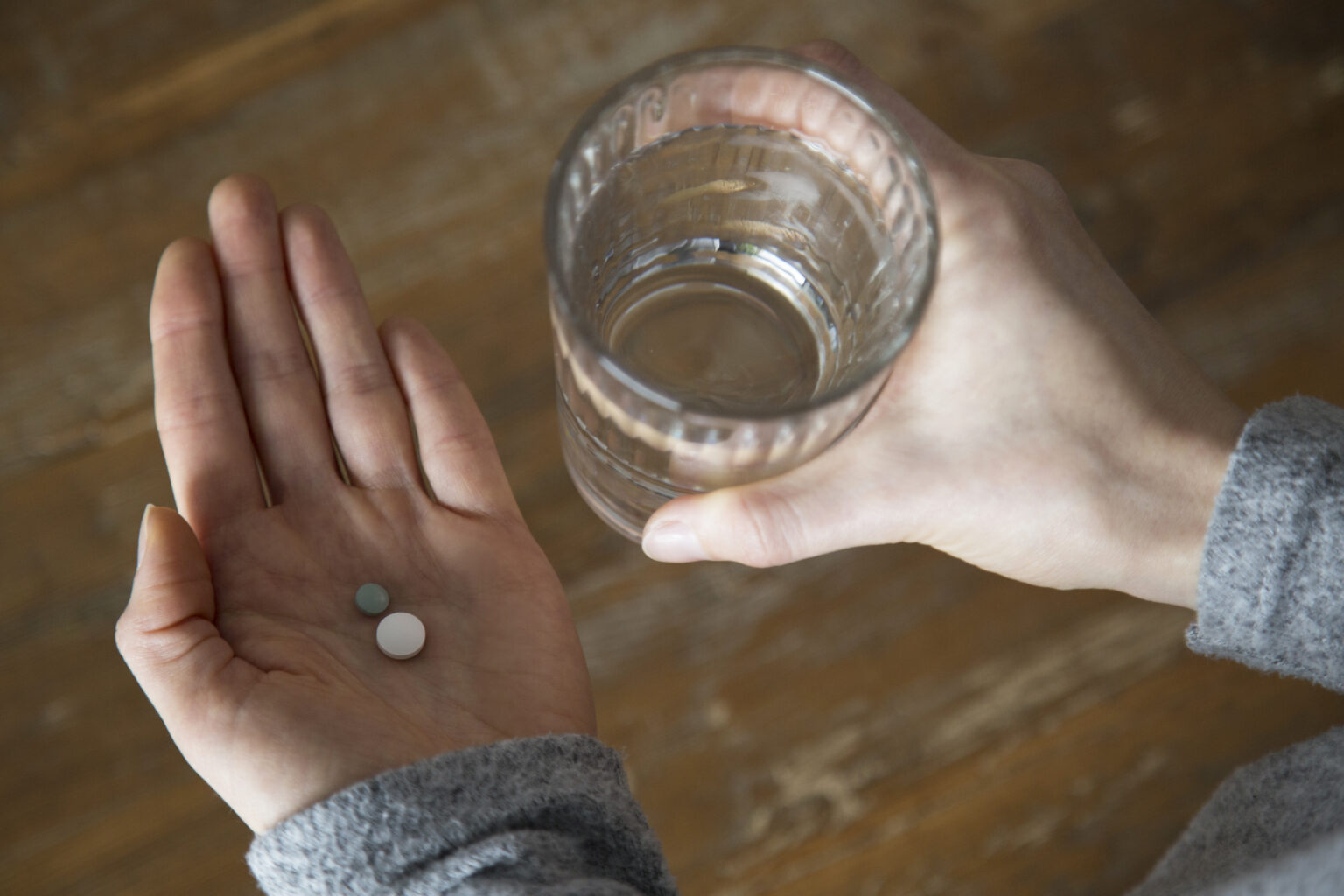This is one of the many medicines used in a larger class called histamine-2 (H2) blockers, working by reducing stomach acid in an attempt to curb acid production in the body. This makes it effective in a number of gastrointestinal conditions. This article will comprehensively cover famotidine’s uses and benefits, references Avant Medical Group, among other authoritative sources.
How Does Famotidine Work?

Famotidine works by blocking histamine-2 receptors in the stomach, thereby reducing excessive acid secretion. This results in alleviating symptoms associated with acid-related conditions and healing of the gastrointestinal lining.
Uses of Famotidine

Famotidine is used for various medical conditions. Some of the common uses of famotidine include the following:
Gastroesophageal Reflux Disease (GERD)
● Reduces acid reflux and heartburn
● Helps prevent esophageal inflammation and damage
● Related Service:
● Chronic medical care for long-term management of GERD.
Peptic Ulcer Disease (PUD)
● Promotes healing of ulcers in the stomach and small intestine
● Used in peptic ulcers resulting from H. pylori or NSAIDs
Zollinger-Ellison Syndrome
● It treats excessive secretion of gastric acid
● Relieves symptoms associated with gastric tumors
Indigestion and Heartburn Treatment
● Short-term relief of acid reflux and stomach upset
Prevention of NSAID-Induced Gastric Injury
● Prevents ulcers of the stomach for patients on long-term NSAIDs
Erosive Esophagitis
● Treats esophageal inflammation resulting from acid reflux from the stomach
● Related Service:
● Primary care for the ongoing care of esophageal health.
Stress Ulcer Prophylaxis
● Used in ICU patients or those undergoing major surgery to prevent stomach ulcers
Allergic Reactions and Histamine Blockade
● Sometimes used with antihistamines to reduce severe allergic reactions
Dosage and Administration

The proper dose of famotidine is based on the disease condition. Here are the commonly recommended doses:
● GERD and Heartburn: 10–20 mg twice daily
● Peptic Ulcer Disease: 20–40 mg once daily at bedtime
● Zollinger-Ellison Syndrome: High doses as prescribed by a physician
● Prevention of NSAID-Induced Ulcers: 20 mg twice daily
Famotidine may be administered with or without food, although for best effect a doctor’s recommendation should be adhered to.
Possible Side Effects of Famotidine

Even though famotidine is very well tolerated by most people, some might face mild to serious side effects that include the following:
side effects that include the following:
Common Side Effects:
● Headache
● Dizziness
● Nausea
● Constipation or diarrhea
Serious Side Effects (Rare):
● Difficulty in breathing
● Irregular heartbeat
● Rash, swelling, or itching due to an allergic reaction
● Confusion especially in older adults
If any major side effects appear, medical help should be sought immediately.
Precautions and Interactions
Who Should Avoid Famotidine?
● Patients with kidney disease (dose adjustment may be necessary)
● Those with a history of allergic reactions to H2 blockers
● Pregnant or breastfeeding women (consult a doctor before use)
Drug Interactions
Famotidine may interact with other drugs, which will influence its effectiveness. Some notable interactions include:
● Antacids: May decrease famotidine absorption when administered at the same time.
● Ketoconazole and Itraconazole: Less effective due to low acidity in the stomach.
● Some Blood Thinner medications (e.g., Warfarin): More likely to cause bleeding.
It is suggested that patients educate their healthcare providers of all their medications.
Comparison of Famotidine with other Acid Reducing drugs
Famotidine is compared to other acid reducing drugs such as proton pump inhibitors (PPIs) and antacids:
● H2 Blockers (Famotidine, Ranitidine): Slightly better by blocking histamine-2 receptors, used for long periods of time.
● Proton Pump Inhibitors (Omeprazole, Pantoprazole): More potent but slower onset; long-term use should be monitored.
● Antacids (Tums, Rolaids): Provides immediate relief but only neutralizes existing stomach acid; short-term use recommended.
Although PPIs are more potent for severe acid-related conditions, famotidine is preferred for mild to moderate cases or when long-term acid suppression is needed with fewer side effects.
Conclusion
A reliable, commonly prescribed medication for acid-related gastrointestinal disorders, famotidine is effective in treating GERD, peptic ulcers, and preventing stress ulcers. It has been widely used to give relief with consequent healing of the gastrointestinal tract. Famotidine, in addition to an established safety profile, offers a safer alternative with significantly fewer chances of long-term complications than PPIs.
For more details, you can check at Avant Medical Group where health care practitioners will advise you on using famotidine appropriately depending on your medical history and the symptoms.
